 Meditation experience is associated with increased cortical thickness.
Meditation experience is associated with increased cortical thickness.AGEING Neuroreport. 16(17):1893-1897, November 28, 2005.Lazar, Sara W. a; Kerr, Catherine E. b; Wasserman, Rachel H. a b; Gray, Jeremy R. c; Greve, Douglas N. d; Treadway, Michael T. a; McGarvey, Metta e; Quinn, Brian T. d; Dusek, Jeffery A. f g; Benson, Herbert f g; Rauch, Scott L. a; Moore, Christopher I. h i; Fischl, Bruce d j
Abstract: Previous research indicates that long-term meditation practice is associated with altered resting electroencephalogram patterns, suggestive of long lasting changes in brain activity. We hypothesized that meditation practice might also be associated with changes in the brain's physical structure. Magnetic resonance imaging was used to assess cortical thickness in 20 participants with extensive Insight meditation experience, which involves focused attention to internal experiences. Brain regions associated with attention, interoception and sensory processing were thicker in meditation participants than matched controls, including the prefrontal cortex and right anterior insula. Between-group differences in prefrontal cortical thickness were most pronounced in older participants, suggesting that meditation might offset age-related cortical thinning. Finally, the thickness of two regions correlated with meditation experience. These data provide the first structural evidence for experience-dependent cortical plasticity associated with meditation practice.
(C) 2005 Lippincott Williams & Wilkins, Inc.
To read more about this please click the link below:
People who meditate grow bigger brains than those who don't. Researchers at Harvard, Yale, and the Massachusetts Institute of Technology have found the first evidence that meditation can alter the physical structure of our brains.
Also read
Differential engagement of anterior cingulate and adjacent medial frontal cortex in adept meditators and non-meditators

















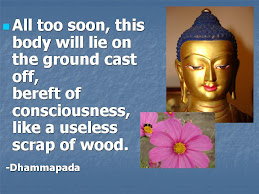






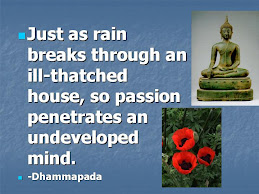




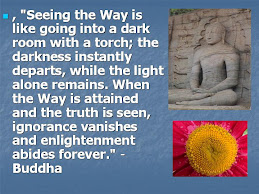











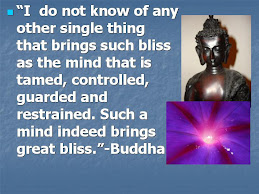

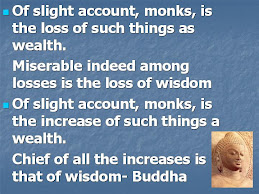
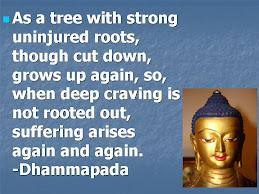



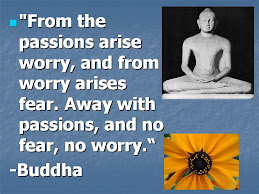
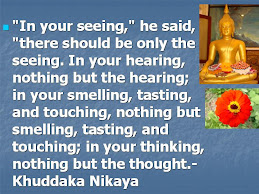




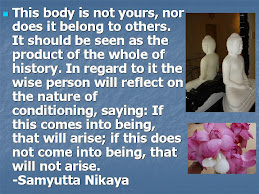
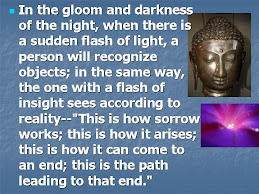
















No comments:
Post a Comment